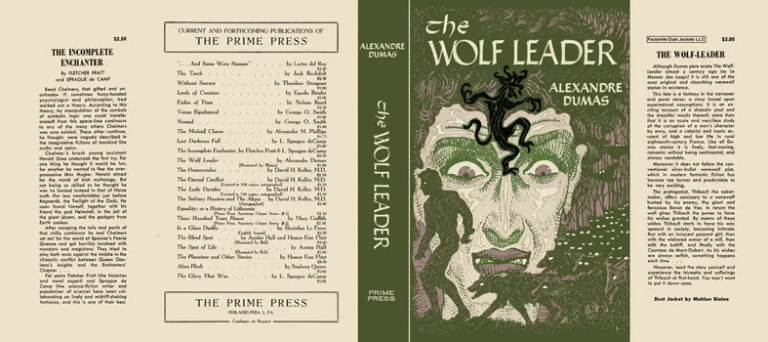Allegedly a favourite drink of Henry VIII (a man for which I have zero sympathies, as you might imagine), a recipe of this jelly can be found in A Book of Cookrye Very Necessary for All Such as Delight Therin, compiled around 1591 by one A.W. You can also find a modern version in Peter Brears’ Cooking & Dining in Tudor & Early Stuart England. You can read something about the dish over here. Someone also made a miniature jelly for a doll house, and it’s the most delightful thing ever.
Ingredients:
- 1 liter claret (red wine);
- 300 grams sugar;
- 5 pieces of root ginger;
- 5 sticks of cinnamon;
- half of a crushed nutmeg;
- a handful of cloves;
- a teaspoon of coriander seeds;
- a pinch of salt;
- 5 leaves of gelatin;
- a handful of flower petals of your choice (just make sure they’re clean and edible).
Recipe:
Crumble the cinnamon sticks, crush the nutmeg and grate the ginger root, add cloves and coriander, all into 1 l of hot water, and simmer it (without boiling it) for around 10 minutes.
Pour the claret into a pan, put the gelatine foils in to revive them and leave them there for another 10 minutes. This is what you usually do with cold water, only this time you’re doing it with wine. Just because you can. Strain the spiced water through a cloth, a coffee filter or a very fine strainer, stir in the sugar into the mixture and heat white stirring, until the gelatin foils will have fully melted into the wine.
Put the flower petals at the bottom of a fancy-shaped bowl, pour the gelatine on top of it, making sure not to mess up the arrangement, and leave it in the fridge for a couple of hours.
What’s Hippocras?
It’s the name for a wine mixed with sugar and spices, usually heated, and the name comes from the special cone originally used to filter the spices. It’s the one you see in the illustration above.
In her book All the King’s Fools: Disability and the Tudors, Philippa Vincent-Connolly brings forward the argument that lack of exercise from his jousting incident and an awful diet played a big part in the King’s descent into physical decay.
His doctors repeatedly urged him to reduce his tremendous consumption of meat and wine, as he had a penchant for high cholesterol foodstuffs as was documented in the Ordinances of Eltham. […] His diet consisted of over five thousand calories a day, which makes his obesity no surprise. He would drink ale, red wine with sugar instead of water and copious amounts of white bread.
Phillipa Vincent Connolly, Disability and the Tudors: All the King’s Fools
Not drinking water is a good call, water in Tudor England sucked. Still, maybe ale was a much healthier option.
A variant
Hippocras Christmas pudding is a variant of this jelly. You can see a video of the recipe here.






No Comments